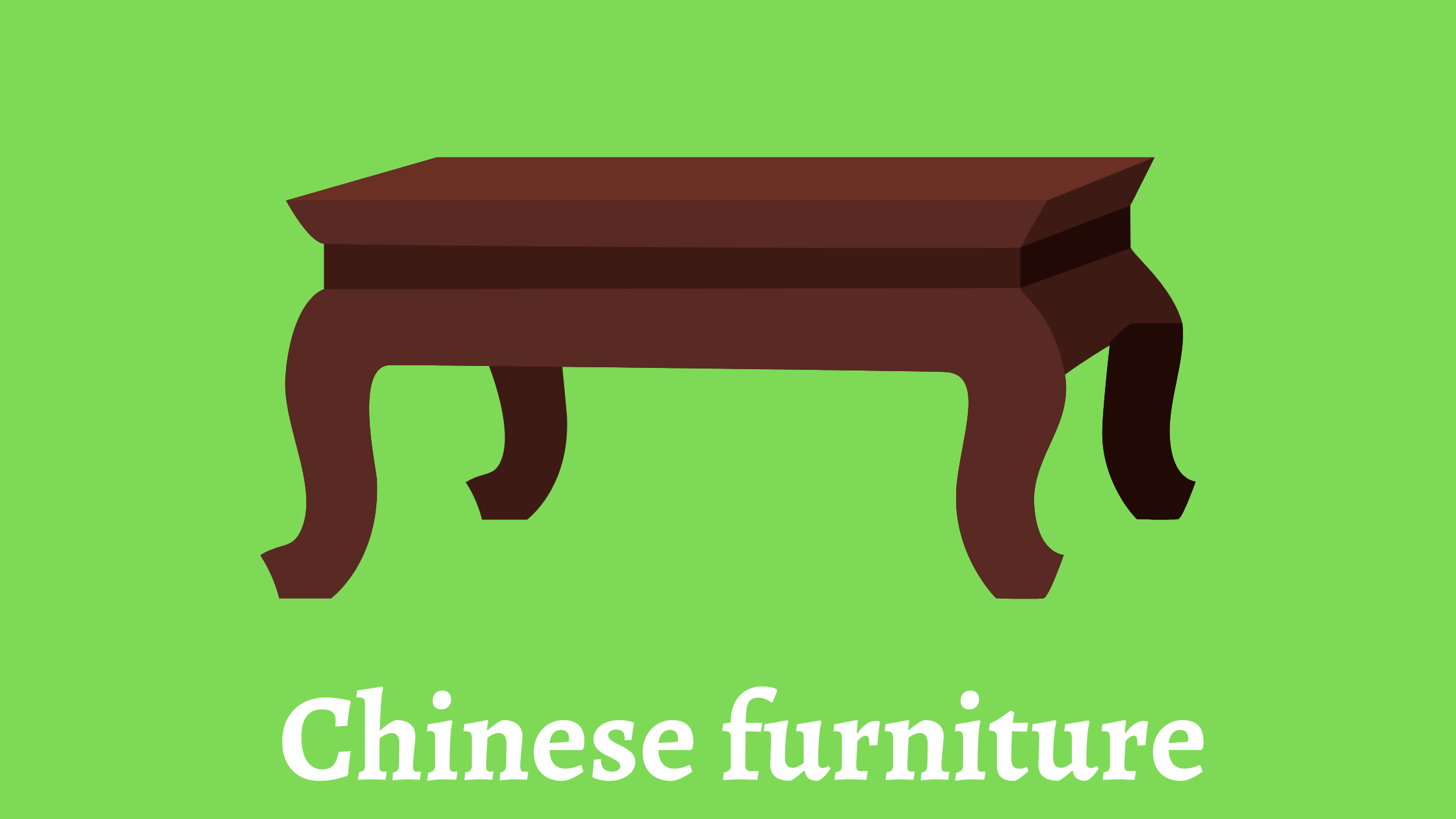
Traditional Chinese furniture styles are deeply rooted in the rich cultural heritage of China.
The Influence of Confucianism and Taoism on Furniture Design
Confucianism and Taoism have greatly influenced Chinese furniture design. Confucian values of order, hierarchy, and harmony are reflected in the balanced proportions, clean lines, and symmetry of Chinese furniture. Taoist principles of naturalness and simplicity are expressed through the use of natural materials and minimalistic designs. These philosophical influences give traditional Chinese furniture an understated elegance and a sense of tranquility.
Symbolism and Spiritual Beliefs Reflected in Furniture Designs
Traditional Chinese furniture is often adorned with intricate carvings and symbolic motifs that hold deep spiritual and cultural significance. Dragon motifs signify power and prosperity, while the phoenix represents beauty and good fortune. The use of auspicious symbols, such as the double happiness character, is believed to bring blessings and happiness to the household. These symbolic elements not only enhance the aesthetic value of the furniture but also serve as a cultural connection and expression of beliefs.
Craftsmanship and Techniques Passed Down through Generations
Chinese furniture craftsmanship is renowned for its precision and attention to detail. Traditional techniques, such as mortise and tenon joinery, allow for sturdy constructions without the need for nails or screws. Skilled artisans pass down these techniques from one generation to another, ensuring the preservation of traditional craftsmanship. China furniture factory continue to employ these time-honored techniques, blending them with modern manufacturing processes to create furniture that showcases both tradition and innovation.
Ming and Qing Dynasties: Epitomes of Chinese Furniture Styles
The Ming (1368-1644) and Qing (1644-1912) dynasties represent the golden era of Chinese furniture design. Ming furniture is known for its simplicity and elegance, with dark hardwoods like rosewood and zitan being the preferred materials. Qing furniture, on the other hand, features more elaborate designs and intricate carvings, often utilizing lacquer and mother-of-pearl inlays. These furniture styles exemplify the refined craftsmanship and aesthetic sensibilities of their respective eras.
Adaptation of Traditional Styles in Modern Furniture Production
China furniture factories have adapted traditional Chinese furniture styles to cater to the demands of the modern market. While preserving the essence of traditional design, they incorporate contemporary elements like sleeker lines, lighter finishes, and the use of different materials. These adaptations allow for the integration of traditional Chinese furniture into diverse interior design styles, appealing to both traditionalists and those seeking a fusion of cultural influences.
Conclusion
Traditional Chinese furniture styles hold great significance in Chinese culture, reflecting spiritual beliefs, philosophical principles, and the craftsmanship passed down through generations. As China furniture factories continue to preserve and adapt these styles, they bridge the gap between tradition and innovation. Whether it’s the influence of Confucian and Taoist philosophies, symbolic motifs, or techniques perfected over centuries, Chinese furniture continues to captivate with its timeless beauty and cultural richness.